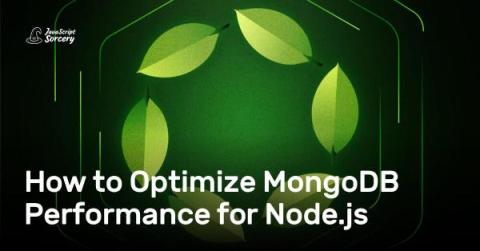How to Use Shoulda Matchers with RSpec for Ruby on Rails
When writing tests in Rails, you should avoid repetition and have the right amount of tests to satisfy your use case. This article will introduce you to shoulda-matchers with RSpec for testing functionality in Rails. At the end of the post, you should feel confident about using shoulda-matchers in your Rails application. Let's get going!











